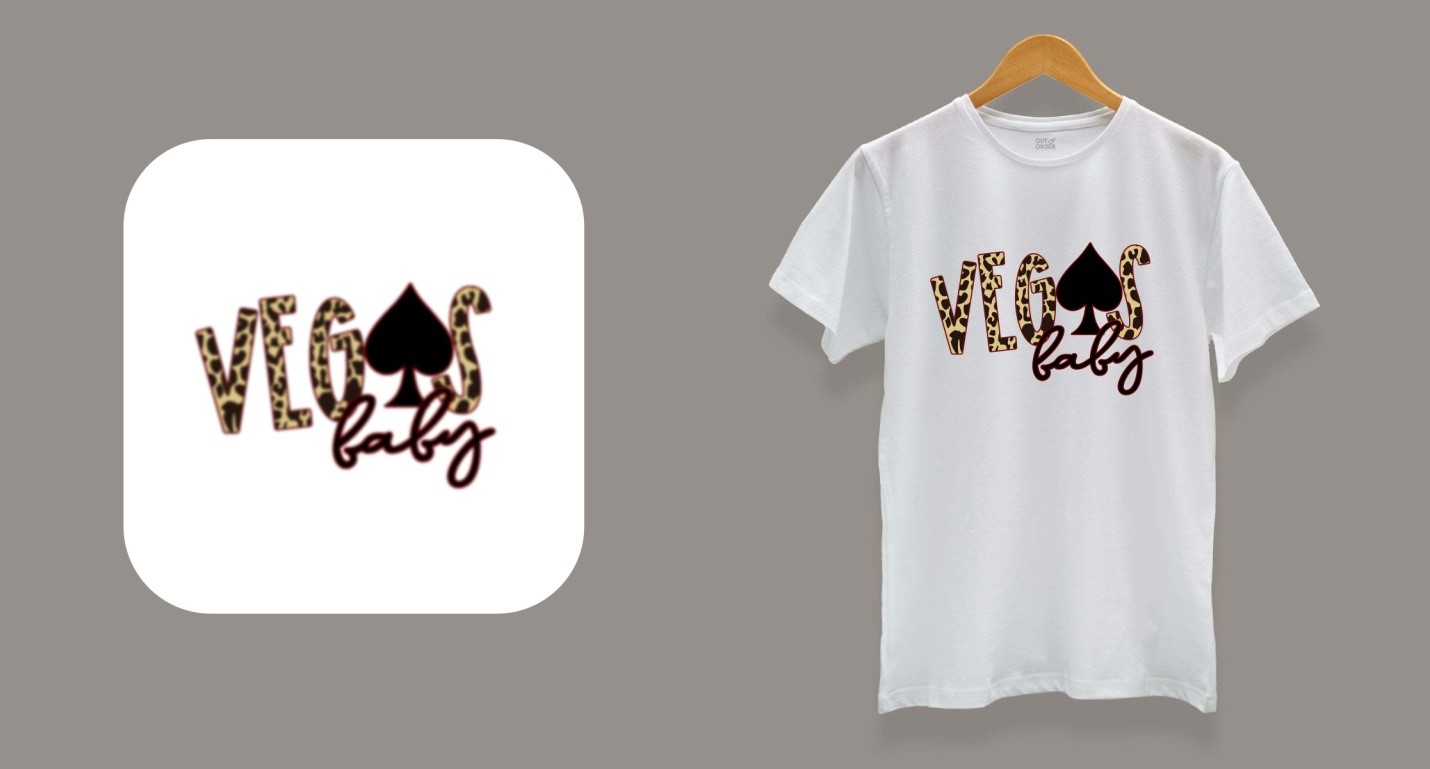Vector art refers to the creation of digital images using mathematical equations and geometric shapes. Unlike raster images, which are made up of individual pixels, vector using vector graphics software such as Adobe Illustrator or CorelDraw.
In the textile industry, vector art plays a crucial role in various aspects of the design and production process. Here are some ways vector art is important in the textile industry:
- Design Creation: Vector art allows designers to create intricate and detailed designs with smooth lines, curves, and shapes. It provides the flexibility to modify and edit designs easily, enabling designers to experiment with different patterns, colors, and textures.
- Scalability: One of the key advantages of vector art is its scalability. Textile designs often need to be reproduced in various sizes, from small patterns to large prints. Vector files can be resized without any loss of quality, ensuring that the designs remain sharp and precise regardless of the size.
- Pattern Repeats: Textile patterns often require repetition to cover a larger area seamlessly. Vector art simplifies the process of creating seamless pattern repeats. Design elements can be duplicated, rotated, and arranged precisely, ensuring that the patterns seamlessly tile together.
- Color Separation: Vector files allow for easy color separation, which is essential in the textile industry for screen printing, digital printing, and other production methods. Colors can be separated into individual layers or channels, simplifying the printing process and ensuring accurate reproduction of the design.
- Collaboration and Communication: Vector art files are widely compatible across different design software and platforms. This makes it easier for designers, manufacturers, and clients to collaborate and share designs. Vector files can be easily shared, edited, and viewed without losing any details, facilitating efficient communication in the textile industry.
- Production Efficiency: Vector art simplifies the production process by providing precise specifications for textile designs. Manufacturers can use vector files to create printing screens, laser-cut templates, or digital files for production machinery, ensuring accuracy and efficiency in the manufacturing process.
Overall, vector art is important in the textile industry due to its flexibility, scalability, precision, and compatibility. It enables designers and manufacturers to create and reproduce intricate designs efficiently, resulting in high-quality textiles with visually appealing patterns.


Add a Comment